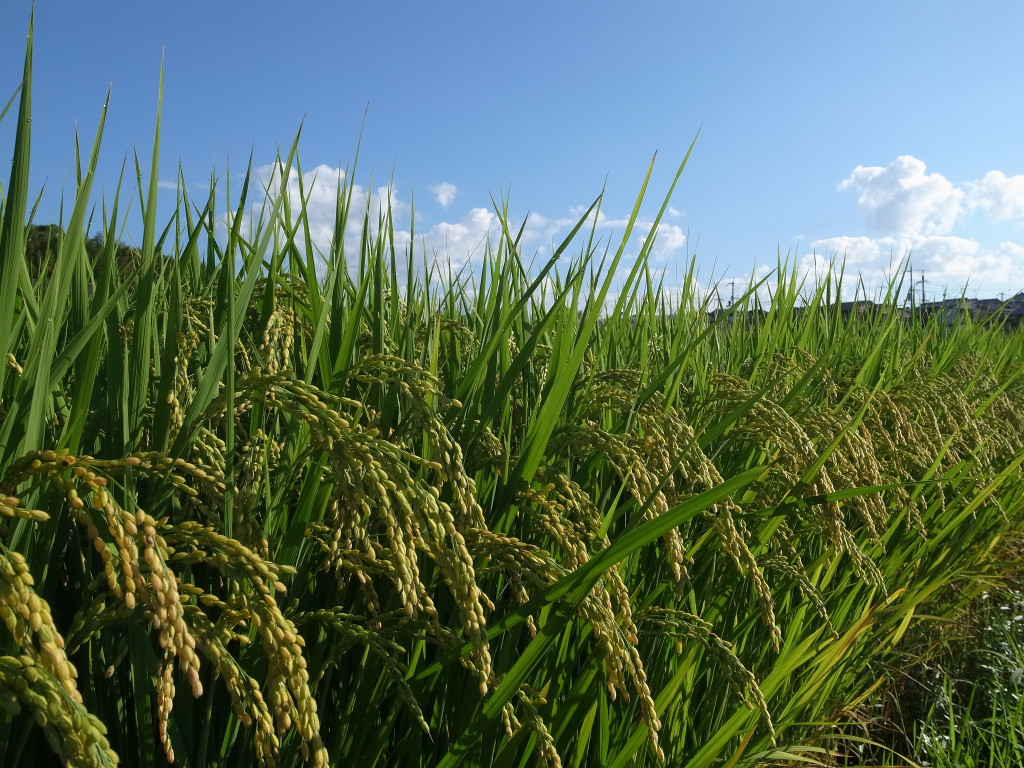
Rice is the most economically important crop in the world. It supplies humanity with about a quarter of its calories. Domesticated rice is a short-lived plant that generally dies off after it produces seeds. Rice paddies have to be cleared of vegetation and plowed each year and are highly vulnerable to soil and nutrient loss through erosion, soil compaction and decline in organic matter.
Today, with a changing climate and poorer lands being used for rice cultivation, the effects of being dependent on an annual crop are getting worse. Rice farmers faces an uncertain future.
An international network of scientists is working towards a radical solution to the problem: developing perennial rice that yields crops for many years without replanting. The wild ancestors of domestic rice are perennial plants that live for many years, setting seed each year and spreading vegetatively. However, the wild strains have poor yields and have grains that often shatter.
The goal is to develop a strain of perennial rice that provides harvest yields close to those of conventional rice for a period of four years or more. This is difficult because domesticated rice plants pour up to 60% of their energy into producing seeds whereas perennial species divert much more into building roots for long-term survival. Ultimately, if it is to be successful, perennial rice has to be able to withstand the rigors of poor soil, scant water, and extreme upland temperatures, conditions under which an increasing percentage of rice crops are grown.
In China, a new strain of perennial rice called PR23 is ready for extensive testing. If the tests are successful, it may be released to farmers and become one of the first perennial grains to be grown beyond experimental fields.
**********
.
Web Links
Perennial Rice: In Search of a Greener, Hardier Staple Crop
Photo, posted September 12, 2012, courtesy of Toshiyuki IMAI via Flickr.
.
Earth Wise is a production of WAMC Northeast Public Radio.
